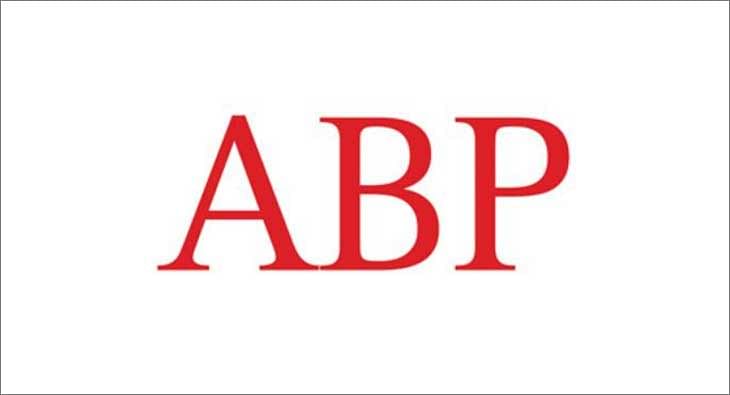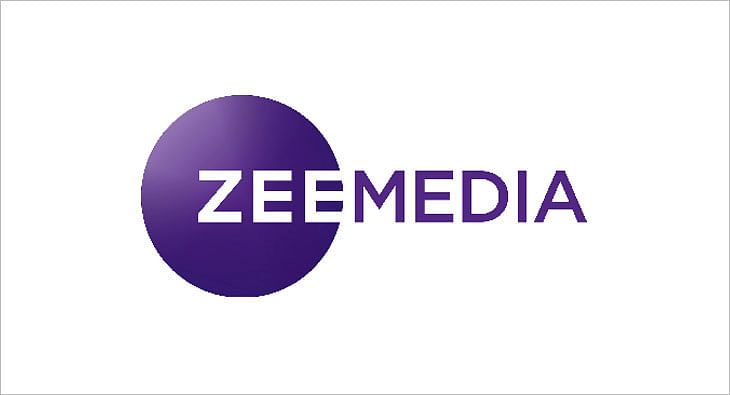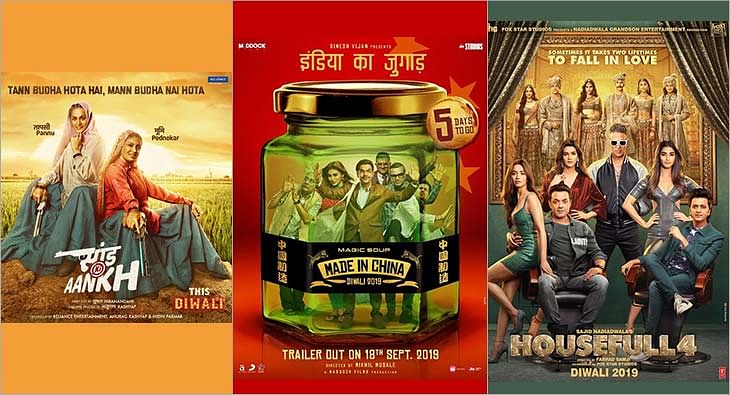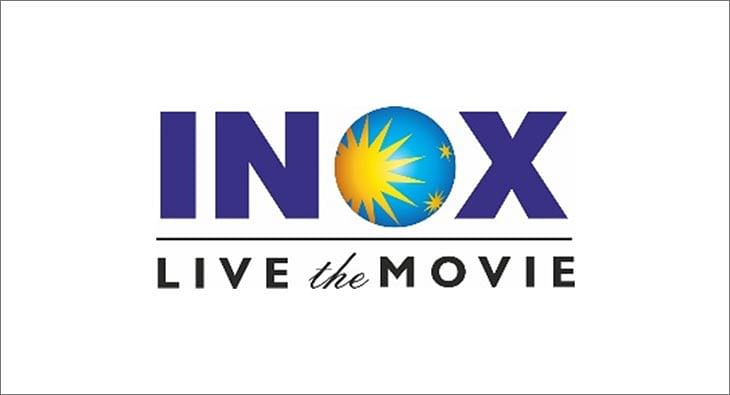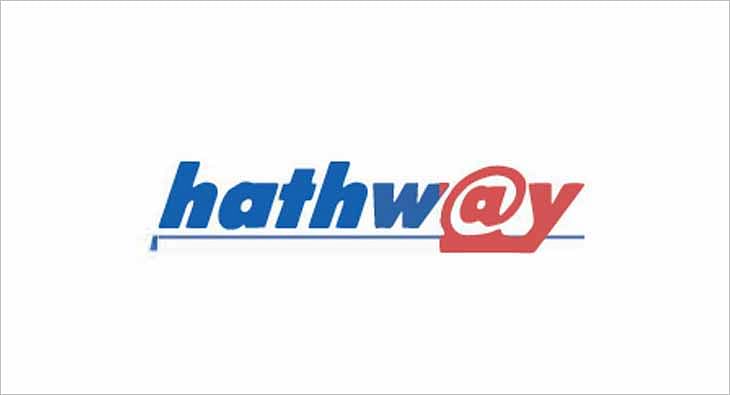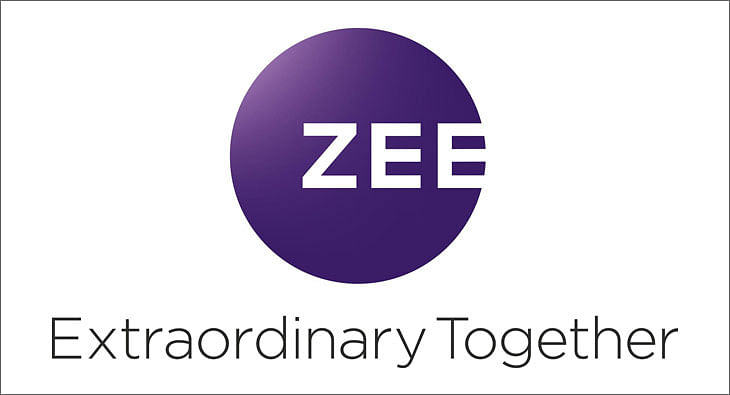Vivid: Statutory warnings need more punch
Don’t just put up a statutory warning against tobacco use for the sake of it! Make it more effective, says Annurag Batra of exchange4media

Some say it was a victory for the producers of ‘Heroine’, the much-hyped Kareena Kapoor starrer some months ago, while others say the win was actually for the anti-tobacco lobbyists and the Censor Board of Film Certification (CBFC).
When the Censor Board saw Heroine, they asked UTV and co-producer Madhur Bhandarkar to run an anti-smoking super during the screening of the film. The producers did not agree and approached the Delhi High Court. The court ruled that when the film was being shown in the cinema halls across the country, Kareena will speak to the filmgoers about the health hazards of smoking in the beginning and during intermission.
Classic case of appeasing both the parties, say what!
I have noticed that such text warnings today are pretty much part of any movie you watch, be it in cinema halls or the television, particularly the foreign-language movie channels. What’s more, a statutory warning against smoking and tobacco use was cleverly tagged with the main script of the hilarious, heart-warming and romantic comedy, ‘Barfi!’ In fact, the voice of Randhir Kapoor – playing the title role of the deaf and mute boy from Darjeeling – is heard only for the warning.
The Indian masses are an impressionable lot. This is a country where movie and sports icons are worshipped – some of the these stars even have temples in their honour – and where a politician has to wear white to signify pure heart and clean intent. Perhaps Randhir mouthing a statutory warning may have some effect.
At the same time, one wonders if a statutory warning that is merely a string of words in white, barely visible to even a pair of eyes with 6 by 6 vision, is more than only toeing a requirement norm.
According to a write-up, ‘Kick Nicotine: Say no to tobacco’, in scienceandnature.org of the global Society for Science and Nature, graphic health warnings in Canada have already contributed to an overall three per cent drop in smoking rates. The informative document further says that “in India, where some 250 million people consume tobacco, a similar drop in numbers would translate into six million people quitting tobacco use. This, however, is not likely to happen. India’s tobacco warnings are easily the most ineffective in the world and, like the previous ‘Statutory Warning: Cigarette Smoking is Injurious to health’, are not likely to have any impact on smoking rates”.
A survey carried out in 2009 by the ‘Asian Pacific Journal of Cancer Prevention’ and published in 2011 gauges the extent of this ineffectiveness.
As per the Cigarettes and Other Tobacco Products (COTPA) (Prohibition of Advertisement & Regulation of Trade & Commerce, Production, and Supply & Distribution) Act, 2003, health warnings must appear on packets, bundles, tins, sachets or any other package of tobacco products. In 2011, both cigarette and ‘gutkha’ makers were given images to include in the statutory warnings. Since then, health warning appearing on tobacco products comprise drawing of scorpion on smokeless form of tobacco and a picture of diseased lungs or a X- ray of lungs with cancer for smoked form of tobacco.
The Journal’s survey was focussed on finding out people’s understanding of the pictures in the warnings. A cross-section of participants from parts of Mumbai comprised the sample. They were shown the statutory warnings with pictures of a) scorpion, symbol for cancer; b) X-ray of diseases lungs; c) a pair of diseased lungs; c) a cancer-eaten human mouth; and d) a sewn-up mouth of a cancer patient.
The findings included:
• Most agreed smoking is injurious to health and that tobacco causes cancer.
• The surveyed agreed it is better to have pictures rather than text warnings, as the unlettered can easily relate pictures with the harm caused by tobacco.
• Majority of the participants said an image is more effective but that needed to be clear and coloured.
• Of the scorpion logo signifying cancer, responses varied from a new brand of tobacco product, a company logo, decorative modification on a tobacco packet, zodiac sign, slow poison to ‘scorpion inside the packet that will stay inside the mouth’; very few knew the scorpion actually represented cancer. The unlettered could not even associate the picture of scorpion with tobacco.
• The responses to the X-ray of a diseased lung was, at best, hilarious – some said it depicted a waterfall between two mountains, while others likened it to a butterfly, and others, to a hazy shadow of two persons talking to each other. Most could not find any links with the damage tobacco causes to the lungs.
• Majority of the respondents said the images were dull, hazy, unclear and uncoloured. Only the literate could find a link between tobacco, cancer, the pictures and the text warnings.
Evidently, the text statutory warnings over the masses’ favourite actors such as Shah Rukh Khan, Ajay Devgn, Kareena Kapoor or Vidya Balan blowing smoke onscreen do precious little to scare the ‘janata’ away from the cancer sticks. For, to 25 per cent of the illiterate Indian population, the warnings don’t mean anything and smoking, eating tobacco or chewing ‘paan’, as required by a character in a film, risk being misconstrued as style statements. I feel anti-tobacco combatants have to include harsher methods. And, there has to be government intent.
The Indian government faced flak from many quarters last year for “watering down” the pictorial warnings on cigarette packets depicting smoking risks to health. Activists from the Tobacco Control Lobby (TCL) have alleged, according to ‘Mumbai Mirror’, the city-centric compact from ‘The Times of India’ Group, that the pictorial warnings were “an escape route to ciggie biggies”.
I think that an anti-tobacco warning in India will be able to address the masses across the country, irrespective of their socio-economic backgrounds, their literacy levels and their religious beliefs, only if it carries disturbing photos, as is the norm in other parts of the world.
Last year in June, the Food and Drug Administration (FDA) of the United State released nine graphic labels to be printed on cigarette packs, to enhance awareness about the consequences of smoking. The stark, gruesome graphics, accompanied by simple text warnings such as ‘Cigarettes are addictive’, ‘Tobacco smoke can harm your children’, and ‘Cigarettes cause cancer’ is expected to make 213,000 of the nation’s cigarette smokers kick the butt by 2013, as per FDA Commissioner Margaret A. Hamburg.
The stark, disturbing graphics include that of a man blowing cigarette smoke out of a tracheotomy hole in his neck. Ugh!
The statutory warnings, therefore, against smoking in entertainment segments – like movies – in India is good but as of now, not enough. Instead of hysterically opposing shots in flicks which warrant the characters to smoke, it would do well for the Censor Board and the government to head-bang on more pronounced methods to fight against cancer. One understands that unlike other literate parts of the world, there’s a divide yet to emerge between the reel and real life here. But then, don’t just put up a statutory warning against tobacco use for the sake of it! Make it more effective, for the masses’ sake!
Read more news about (internet advertising India, internet advertising, advertising India, digital advertising India, media advertising India)
For more updates, be socially connected with us onInstagram, LinkedIn, Twitter, Facebook Youtube & Whatsapp
You May Also Like
HT Media posts Consolidated Total Revenue of Rs 580 crore in Q2
Chairperson and Editorial Director Shobhana Bhartia says due to lower commodity prices and control on costs there has been an improvement in operating profit
HT Media has posted a Consolidated Total Revenue for Q2, 2020 at Rs 580 crore.
As per a statement released by the company, EBITDA for Q2’20 increased by 139%, and margins at 14% vis-à-vis 6% in previous year. This has been driven by softening of newsprint prices and continued focus on cost.
The Net Cash position at a consolidated level continues to be strong.
The Print ad revenue has declined due to sluggish volumes, even as yields have improved. National advertising continues to be soft, although local advertising witnessed growth.
Savings in raw material costs have driven improvement in EBITDA margins.
Chairperson and Editorial Director Shobhana Bhartia said, “Slowing economic growth has hit advertising spends in key categories, putting pressure on revenues across the media industry. As a result, our Print and Radio (on like to like basis) businesses saw revenues dip as compared to a year-ago. However, thanks to lower commodity prices and a tight control on costs, we saw an improvement in our operating profit. On the digital front, Shine, our online recruitment portal has shown good progress and continues to grow. Our outlook for the coming quarter remains cautious, given overall economic sentiment and macroeconomic trends. Cost-control and falling commodity prices should help protect our margins.”
Read more news about (internet advertising India, internet advertising, advertising India, digital advertising India, media advertising India)
For more updates, be socially connected with us onInstagram, LinkedIn, Twitter, Facebook Youtube & Whatsapp
ABP Group posts Rs 15.70 crore as net profit in Q1 FY20
The group’s total operating income stands at Rs 365.55 crore
ABP Group has posted a net profit of Rs 15.70 crore in the first quarter of FY20, as per media reports.
The group’s total operating income stands at Rs 365.55 crore.
It’s net profit for the fiscal ended March 31, 2019, was down 68% to Rs 31.90 crore compared to the previous fiscal.
The Profit Before Interest Lease Depreciation and Tax (PBILDT) has also dropped 53.52% to Rs 107.12 crore.
The group has six news channels - ABP News (Hindi), ABP Ananda (Bengali) ABP Majha (Marathi) and ABP Asmita (Gujarati), ABP Sanjha (Punjabi) and ABP Ganga (Hindi).
Read more news about (internet advertising India, internet advertising, advertising India, digital advertising India, media advertising India)
For more updates, be socially connected with us onInstagram, LinkedIn, Twitter, Facebook Youtube & Whatsapp
Zee Media posts consolidated revenue of Rs 137.03 crore for Q2 FY20
ZMCL has recorded 4.4% growth in operating revenue for first half of FY20
Zee Media Corporation Ltd (ZMCL) has posted a 4.4 per cent growth in operating revenue to Rs 337.6 crore in the first half of FY20, as per media reports.
It has reported a consolidated revenue of Rs 137.03 crore for Q2 FY20.
In a statement, ZMCL has said: “During the quarter, the network expanded its footprint s into Southern India through the launch of Zee Hindustan in Tamil and Telugu languages. This is intended to make the network's content accessible to wider audience.”
The operating expenditure in Q2FY20 has dropped by 21.7 per cent.
The statement further said: “EBITDA for HlFY20 improved by 34.1 per cent to Rs 1,029 million from Rs 767.5 million EBITDA for H1FY19, while the same declined by 9.4 per cent to Rs 370.2 million from Rs 408.7 million for the corresponding period last financial year. EBITDA Margin grew from 23.7 per cent in H1FY19 to 30.5 per cent in HlFY20, while growing from 24.2 per cent in Q2FY19 to 27 per cent in Q2FY20.”
Read more news about (internet advertising India, internet advertising, advertising India, digital advertising India, media advertising India)
For more updates, be socially connected with us onInstagram, LinkedIn, Twitter, Facebook Youtube & Whatsapp
No slowdown here: In-cinema ad rates up by at least 50% for 3 big Diwali releases
Housefull 4, Made In China and Saand Ki Aankh ready to hit the silver screen this week, with the hopes of giving brands the eyeballs they look for in theatres
It’s that time of the year again when theatres gear up to pocket maximum gains. Diwali is here and there are three films ready to hit the silver screen this week--Housefull 4, Made In China and Saand Ki Aankh. The festive period brings much joy to exhibitors, distributors and theatre owners because it ensures footfalls, giving brands the eyeballs they look for. In fact, industry experts don’t feel that economic slowdown this year has impacted in-cinema advertising. While they are concerned about three movies clashing during Diwali, they predict 50-100 per cent rise in ad rates during this period.
Advertising moolah
Mohan Umrotkar, CEO, Carnival Cinemas, is expecting 60-70 per cent surge in advertisement topline compared to last year. “Going by the buzz and advance booking for these three releases, market is bullish. Advertisers have blocked most of the advt-slots during the festival period. Housefull 4, Made In China and Saand Ki Aankh all combined together should generate around Rs 350 crore topline at the box office during the festival week. We are expecting 60-70 per cent surge in the advertisement topline from last year. Also, this year we have added around 14 per cent new advertisers, and 4 per cent of them are first-time cinema advertisers,” he says.
But according to Siddharth Bhardwaj, Chief Marketing Officer - Head of Enterprise Sales, UFO Moviez, things have changed a lot in the last couple of years. “Since some films have not really lived up to their expectation, advertisers are spreading the spends all through the year. They are picking up far more number of titles in the year rather than focusing only on Diwali or Eid.”
“It is good for the industry because you can monetise the inventories beyond just big weeks. A lot of content- driven films have come up which has given us the opportunity to monetise more markets. It has put lesser pressure on Diwali. Most of the cinemas are sold out for Diwali. It becomes difficult to accommodate everything,” Bharadwaj opines. He also reveals that for this week, the inventories are already full.
Diwali ad rates
Experts reveal that ad rates differ from property to property and depends on location as well. But Diwali surely sees a massive hike in rates. This year, theatre owners are expecting 100 per cent rise in ad rates. While Umrotkar revealed that for Diwali, they are charging 100 per cent higher than the regular card rates, Girish Johar, trade analyst and film producer, shared that even the rates for putting up kiosks of brands go up during festivals like Diwali.
“It’s based on property. On a ballpark, ad rates double up. So if you are putting up a kiosk, they charge say Rs 50,000-25,000 for a month. During Diwali, they charge almost double because of the kind of footfalls theatres witness,” Johar revealed.
Economic slowdown? Not for Cinema!
This year, brands have been pulling back their spends on other mediums due to economic slowdown, but cinema seems unaffected. Calling entertainment business recession-proof, Johar explains, “If you see the other side, box office is up by 15-20 per cent. Yes, it is a bit subdued because the brands are in a wait-and- watch scenario. They are increasing their focus around consumption rather than awareness.”
Bharadwaj too seconded it by saying, “These are challenging times but our medium is very efficient. If you see economy has slowed down, but the cinema has grown instead.”
Clash cover
Three movies are clashing this Diwali which means shared screens and box office gains.
“It’s never good for us when two or more big-ticket films release together. If they would have come on different dates, there are chances that more advertisers will take advt. inventory in those weeks separately instead of that one particular week,” shares Umrotkar.
Read more news about (internet advertising India, internet advertising, advertising India, digital advertising India, media advertising India)
For more updates, be socially connected with us onInstagram, LinkedIn, Twitter, Facebook Youtube & Whatsapp
INOX Leisure Ltd sees 42% growth in total revenue
Profit After Tax up 327% to Rs 51 crore
INOX Leisure Ltd (INOX) has reported financials for the second quarter ending September 2019.
Its total revenue has risen to Rs 524 crore with a 42% growth from Rs 369 crore in the corresponding quarter in FY19. Its EBITDA has more than doubled to Rs 107 crore with a 121% growth, while the PAT stood at an impressive Rs 51 crore, up 327% from previous year’s second quarter.
Siddharth Jain, Director, INOX Group, said: “At INOX, setting new benchmarks is now a routine, thanks to our consistently sharp focus on luxury, service and technology and our uncompromised desire to offer our patrons, nothing but the latest and the best! We are delighted with our remarkable consistency on all parameters, and we are sure about maintaining the momentum and focus on innovativeness. Content once again proved that why we term it as the ‘hero’. Thanks to the creators of such spellbinding movies, which keep inviting our guests to our properties, and allowing us to pamper them with our signature hospitality. With the launch of Megaplex, we are delighted to further our endeavor of developing experience-driven cinema destinations of global standards, and we will continue to do so. On behalf of Team INOX, I assure all our stakeholders that we will continue to break barriers and exceed all expectations.”
Read more news about (internet advertising India, internet advertising, advertising India, digital advertising India, media advertising India)
For more updates, be socially connected with us onInstagram, LinkedIn, Twitter, Facebook Youtube & Whatsapp
Hathway Cable & Datacom reports 100% subscription collection efficiency in Q2
The broadband subscriber base has increased from the previous quarter’s 840,000 to 860,000
Hathway Cable and Datacom has reported subscription collection efficiency at 100%, and the broadband subscriber base has increased from previous quarter’s 840,000 to 860,000 in quarter ending September, as per media reports.
It has narrowed its consolidated net loss by 74% and the operating EBITDA has been reported 15% up to Rs 107.5 crore compared to Rs 93.1 crore a quarter ago.
The total income has dropped 2%, while the expenditure is down 6%.
In the financial results, the company has said the FTTH markets are leading growth in customer acquisition.
Read more news about (internet advertising India, internet advertising, advertising India, digital advertising India, media advertising India)
For more updates, be socially connected with us onInstagram, LinkedIn, Twitter, Facebook Youtube & Whatsapp
ZEEL posts 7.4% YoY growth in total revenue for Q2 FY20
ZEEL's domestic advertising revenue has grown 1.4% YoY in Q2FY20
Zee Entertainment Enterprises Limited (ZEEL) has reported a consolidated revenue of Rs 2,122 crore for the second quarter of FY20, recording a growth of 7.4% on YoY basis.
The Earnings Before Interest, Tax, Depreciation and Amortization (EBITDA) was recorded as Rs 692.9 crore with an EBITDA margin of 32.7%. PAT for the quarter was Rs 413.2 crore. The Profit After Tax (PAT) for the quarter was Rs 413.2 million, with a growth of 6.9% YoY.
During the second quarter, ZEEL’s consolidated advertising revenue grew by 1.2% YoY to Rs 1,224.7 crore. The domestic advertising revenues grew by 1.4% YoY to Rs 1169 crore.
ZEEL has posted 26.8% YoY growth in Q2FY20 domestic subscription revenue. ZEEL’s consolidated subscription revenue grew by 19.0% to Rs 723.5 crore during the quarter.
ZEEL’s total expenditure in Q2FY20 stood at Rs 1429.1 crore, higher by 9.9% YoY compared to Q2FY19.
While ZEE5 recorded a peak DAU (Daily Active User) base of 8.9 million in September 2019, ZEE5 users watched an average of 120 minutes of content on the platform in the same month.
During Q2 FY20, the television network had an all-India viewership share of 18.4%.
During the quarter, ZEEL’s international business revenue was Rs 208.2 crore. The advertising and subscription revenues for international business declined by 4.0% YoY and 21.5% YoY, respectively.
Zee Music Company has registered 7.1 billion views on YouTube in Q2.
Punit Goenka, Managing Director and CEO, ZEEL, said, “I am pleased with the performance we have exhibited during the quarter. Our entertainment portfolio continues to grow from strength to strength across all formats and maintained its leading position. Our television network has emerged stronger post the implementation of tariff order on the back of a strong customer connect and brand pull of its channels. ZEE5 continued to gain traction across audience segments and markets, driven by its compelling content library and expanding list of partnerships across the digital eco-system. This strong operating performance allowed us to deliver industry leading growth in both advertising and subscription despite the tough macro-economic environment. Domestic subscription growth of 27% has reaffirmed the value proposition our television network has built over the years. The impact of tariff order has now largely settled down and has brought increased transparency along with improved monetization. Our domestic advertising revenue growth, though significantly lower than historical trend, is higher than the industry growth. We have witnessed an improvement in ad spends through the quarter and we believe that the onset of festive season along with measures taken by the government will help revive the consumption growth.”
Read more news about (internet advertising India, internet advertising, advertising India, digital advertising India, media advertising India)
For more updates, be socially connected with us onInstagram, LinkedIn, Twitter, Facebook Youtube & Whatsapp




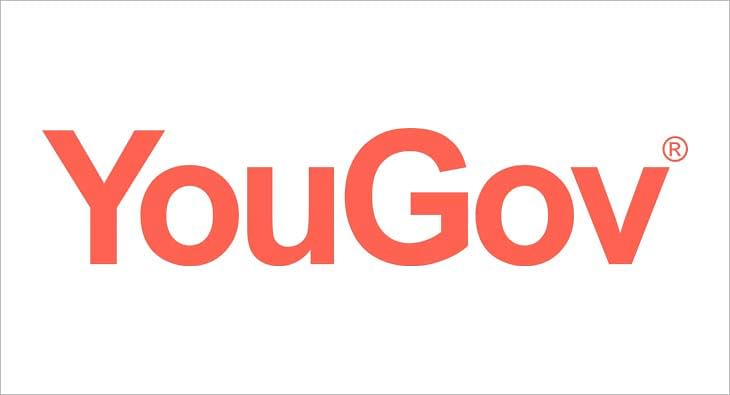
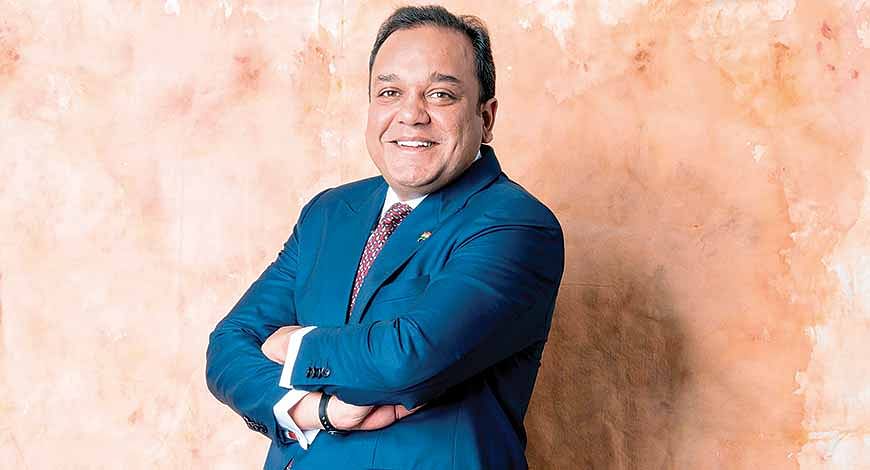
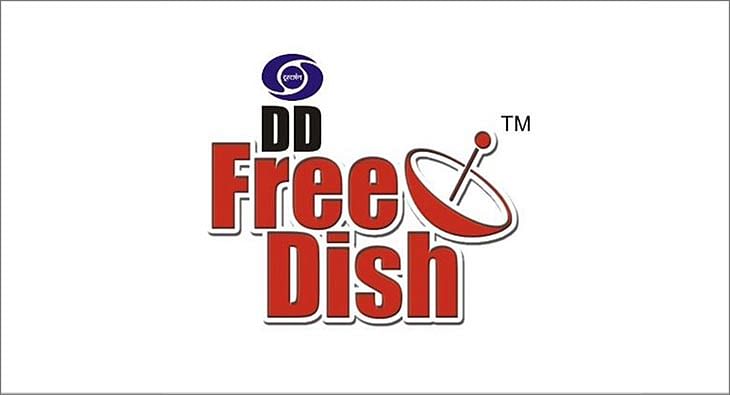







 Share
Share